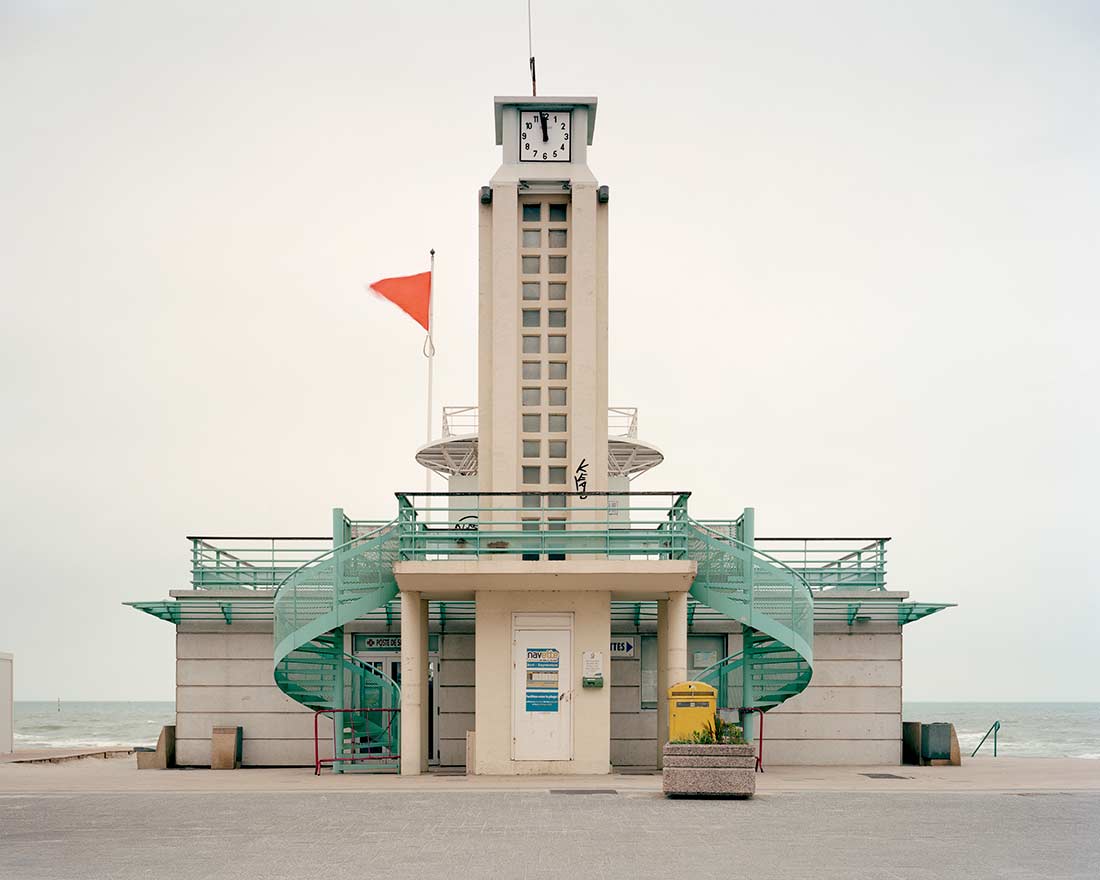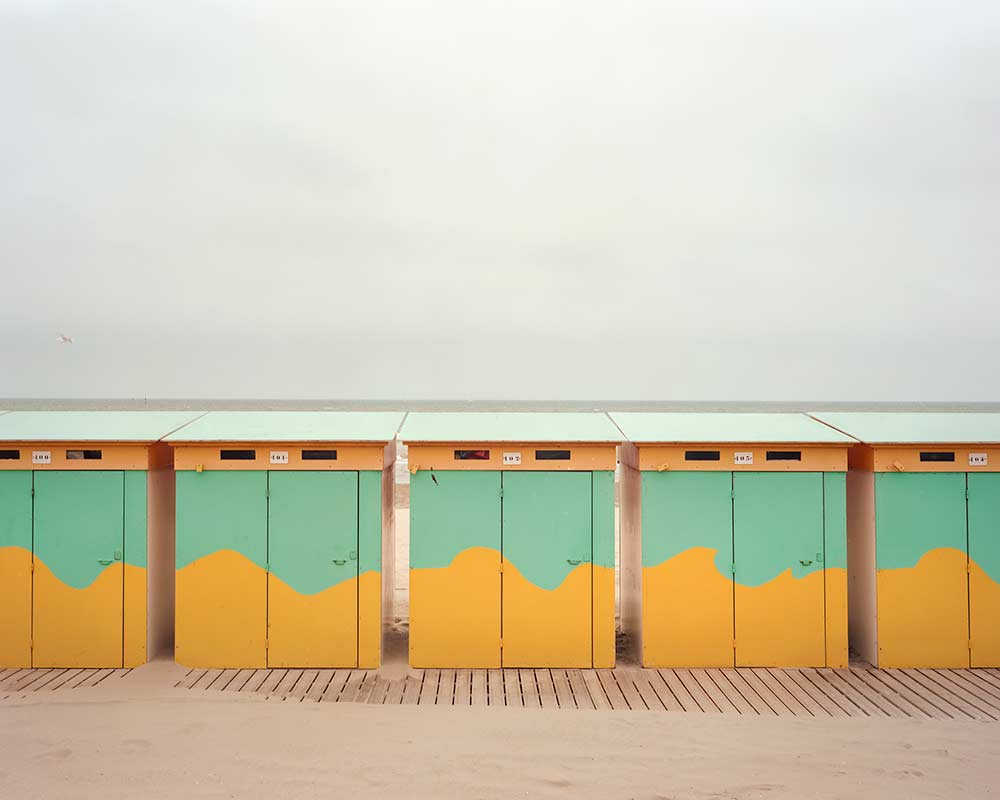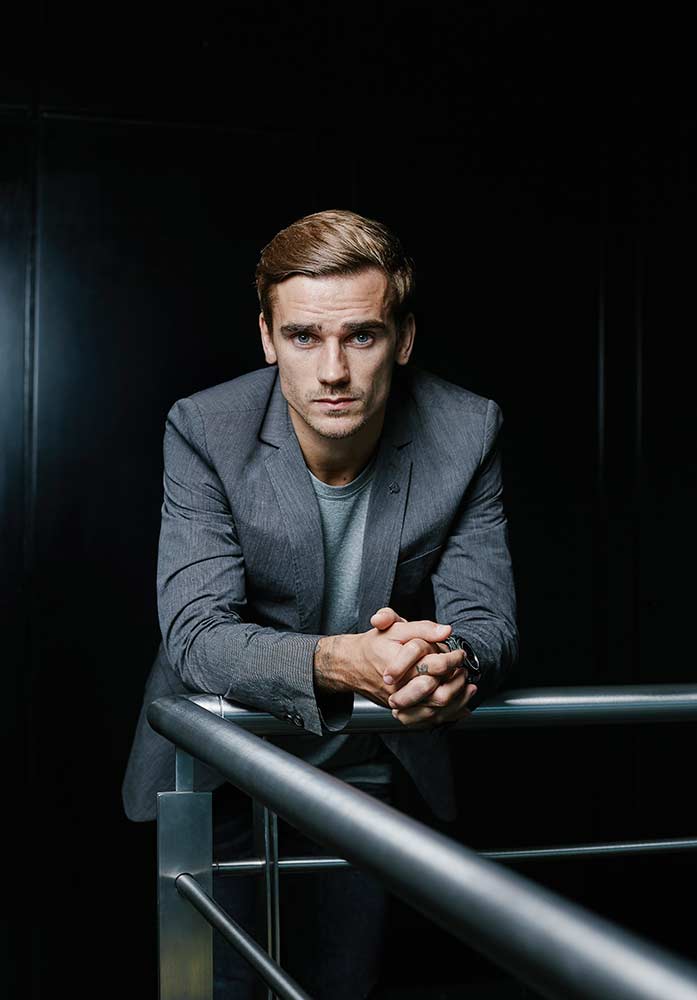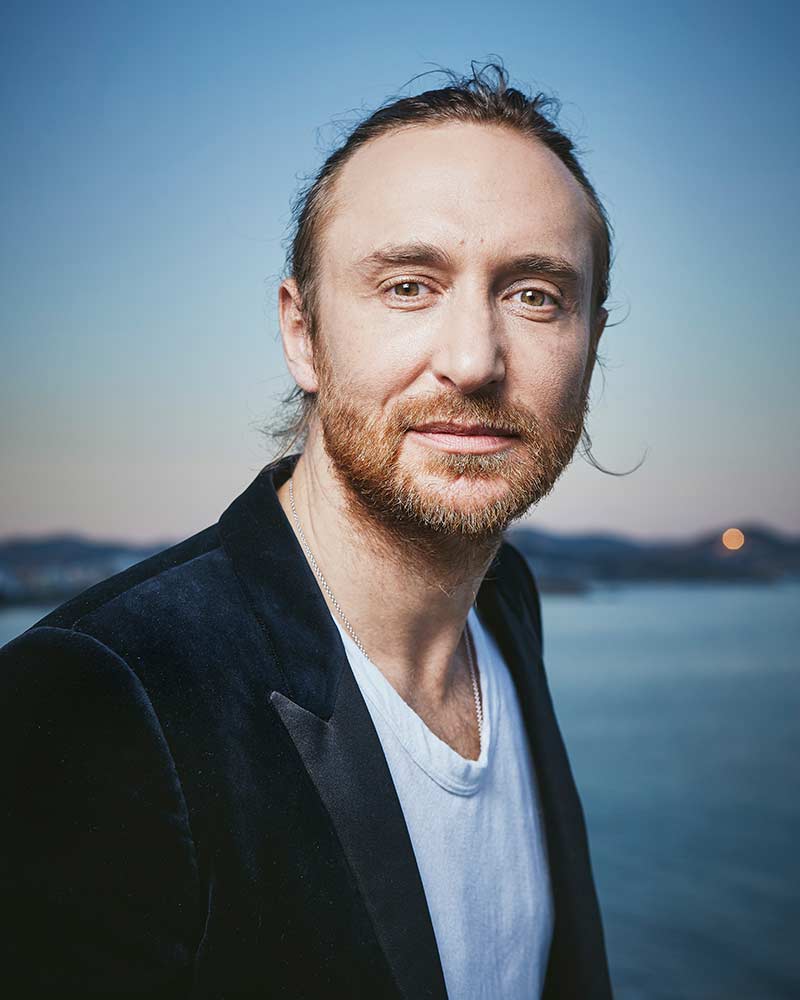An Exclusive Interview
With Christophe Meireis
By José Jeuland
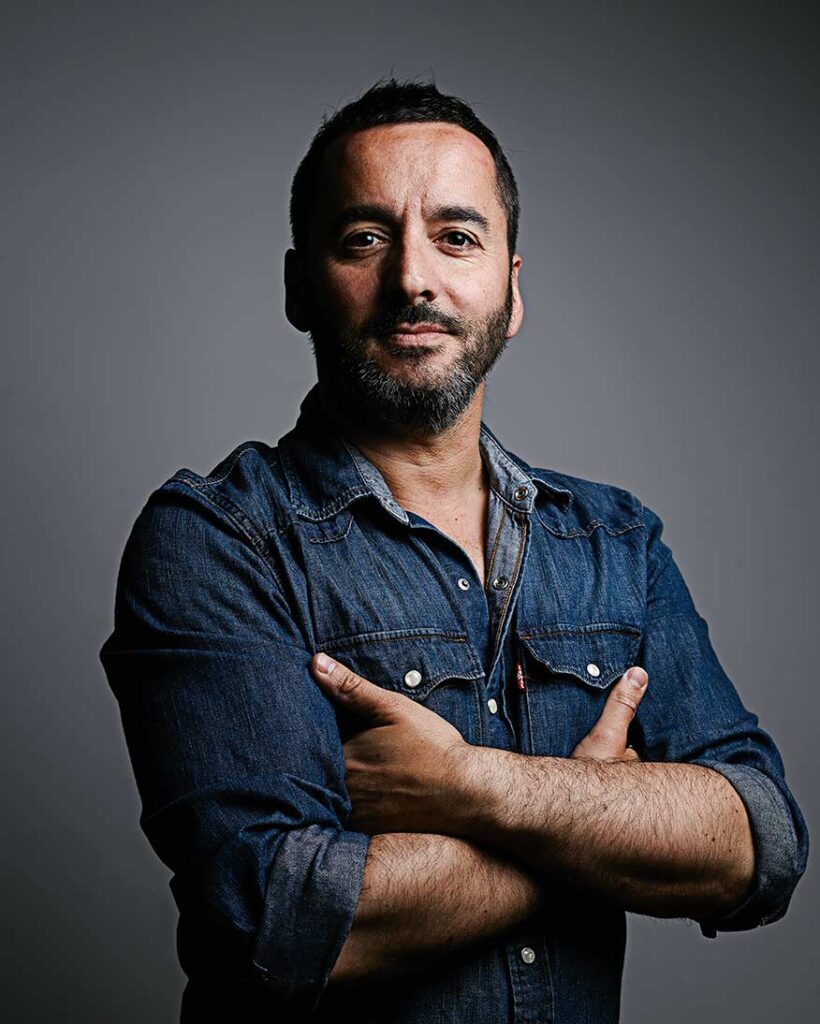
After several years of self-taught practice, Christophe Meireis took photo training, after which he launched himself as a freelance photographer.
Co-founder of the magazine ‘Causette,’ he produced the first forty covers, among others, before leaving the editorial staff in 2013. A seasoned portrait painter, he regularly collaborates with many magazines for which he produces portraits of personalities and reports. Today, he divides his time between his commission work, which takes him to the world’s four corners, and the pursuit of his personal series.
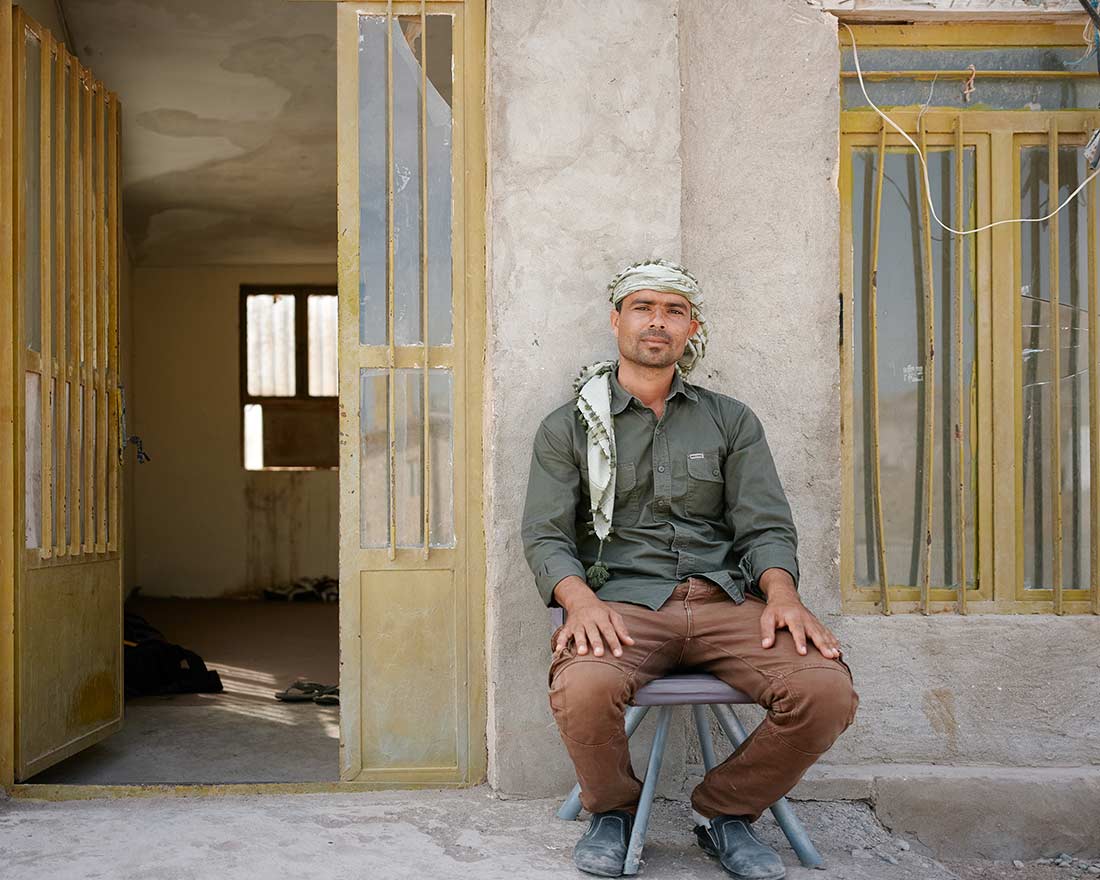
At the heart of his approach, we find the constant presence of the human implicitly, as evidenced by his series on travelers or on former prisoners sentenced to death. Inspired by the Düsseldorf school, for his personal work, he favors the use of the 4×5 Inch camera and the medium format, which impose slowness and rigor. These two constraints, Christophe Meireis, make them allies to serve his artistic approach.
Meireis’ work has been published internationally in many press coverage and publications, including in the Le Parisien Magazine, Vanity Fair, Le Monde M, Der Spiegel, Paris Match, VSD, Elle, Forbes, Biba, Studio Ciné Live, Men’s Health, FHM, Top Chef, Air le Mag, Science et Vie Junior, Dr. Good, Whiskey Magazine, Taste & Share, Public, Télé 7 Jours, Télé Loisir, Chat, Le Pelerin, Top Santé…among others.
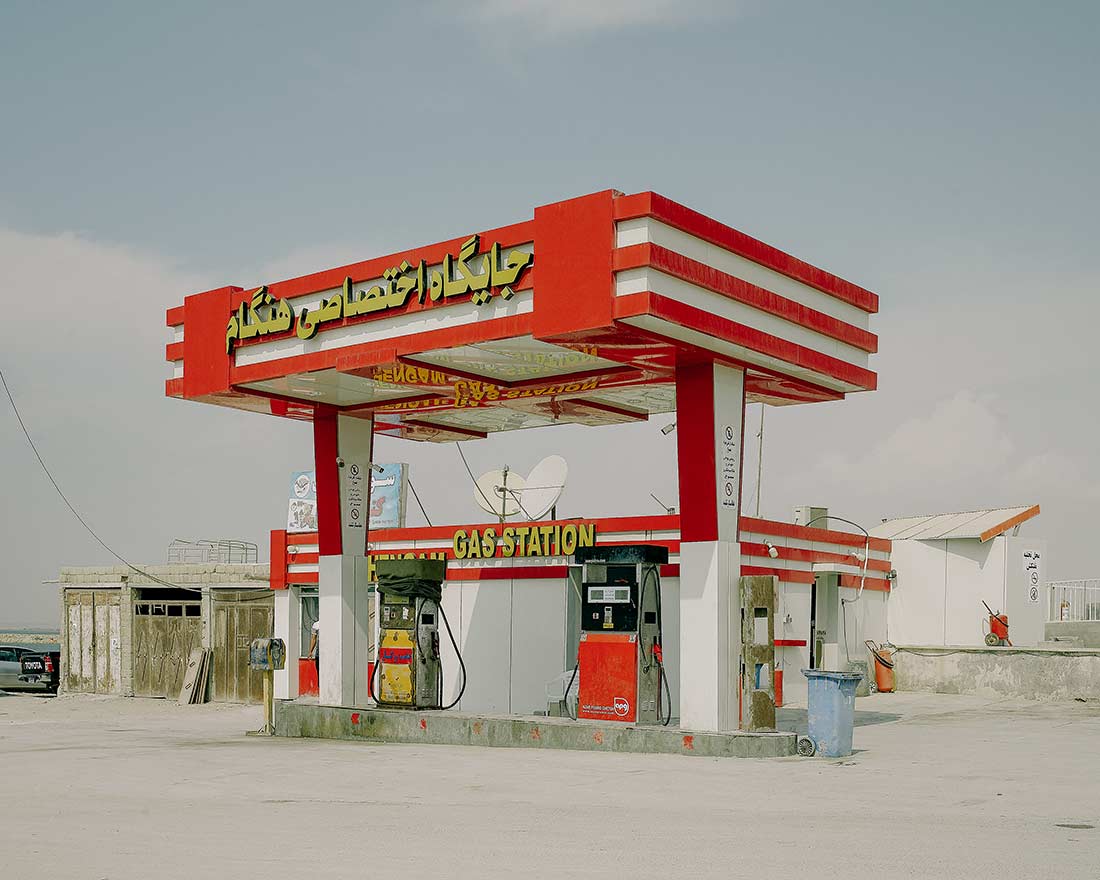
Christophe Meireis © All rights reserved.
An Exclusive Interview
With Christophe Meireis
By José Jeuland
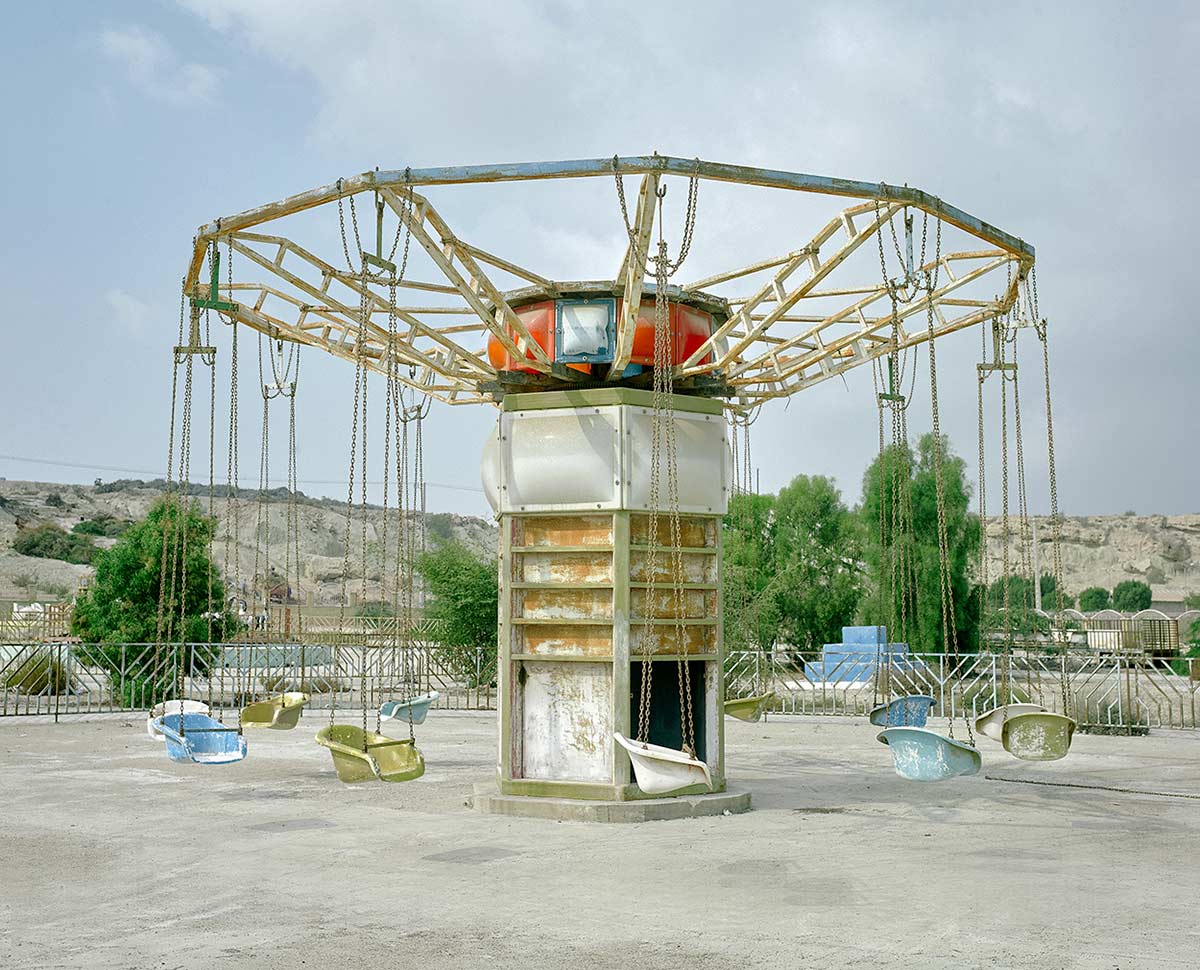
Christophe Meireis © All rights reserved.
José Jeuland: Hello Christophe, It’s a pleasure having an interview with you in our Lens Magazine. Let’s start with your background in photography; how did it all begin, and what excites you the most in this field?
Christophe Meireis: As a teenager, I always wanted to be a photographer, but my parents considered it not a profession! I studied dental prosthesis, and later on, when I was old enough to make my own choices, I went to a photography school and reconverted myself. I quickly became passionate about portraits, documentary photography, and aesthetically objective photography.
José Jeuland: Your projects are impressive; you have a clean approach to photography, bright colors, and very sharp lines with high focus. How did this artistic style develop?
Christophe Meireis: I’m not a big fan of black and white because, after all, it’s pretty rare to see beautiful B&W. It is also a bit easy sometimes since it sets the atmosphere immediately. However, I love James Nachtwey’s work, which is mainly in B&W! As far as I’m concerned, I think I’ve found my own style over the years by experimenting with a lot of things until I found my recipe. Then it is essential to stick to it to have a coherent work and identity. Of course, this is subjective.
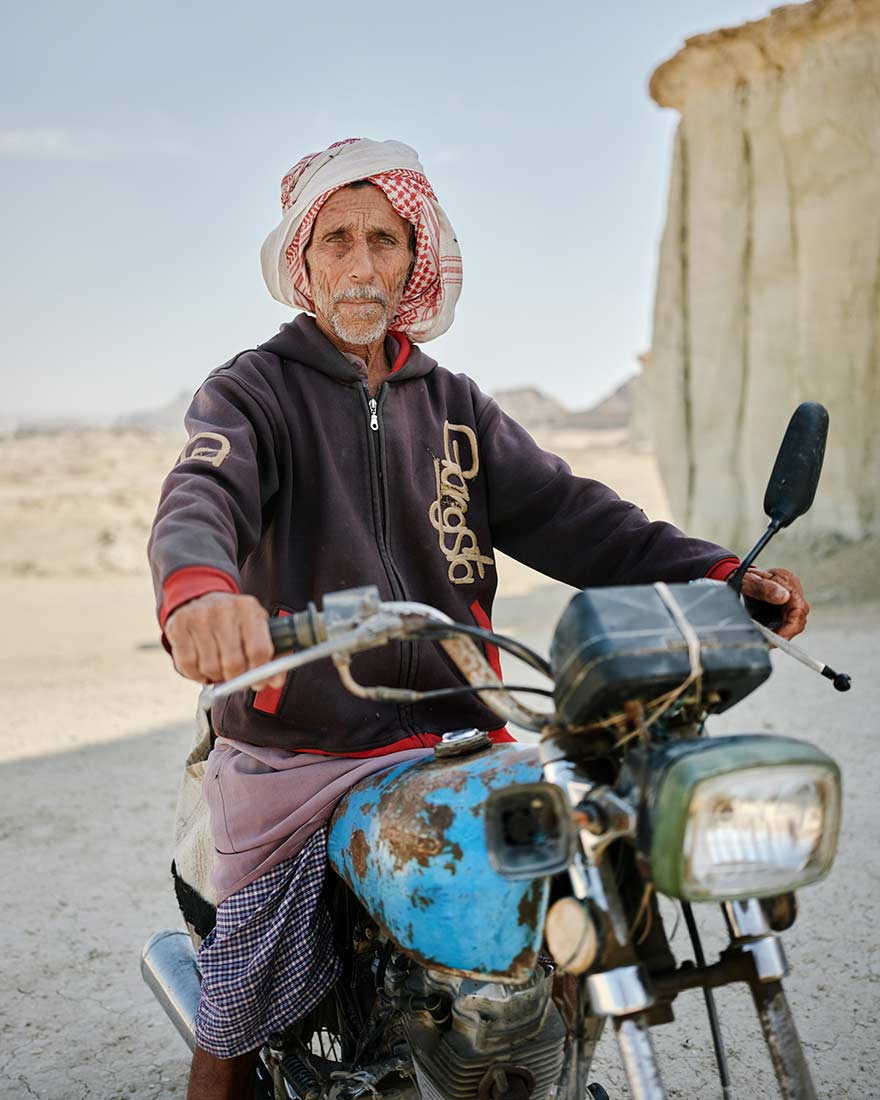
Christophe Meireis © All rights reserved.
José Jeuland: Let’s talk about the project ‘Qeshm,’ taken on an island in southern Iran (the Strait of Hormuz, on the edge of the Persian Gulf). How was the journey, and what was the reason for choosing this specific location?
Christophe Meireis: It started from a chimera! In the beginning, I saw in the newspaper “Libération” a picture of a huge wooden boat in the middle of a desert without a single drop of water. It was on Qeshm Island, which I had never heard of. So, as I was planning to go to Iran, I took the opportunity to go all the way south to this island to find this place that seemed magical. After several days of looking for this spot and questioning local people, someone told me that it was actually a movie set (Valley of stars) and that after the shooting, the locals had come to help themselves and took the wood and that there was nothing left. Thus, it was indeed a chimera, but in the end, Qeshm seduced me, and I went back several times to do this project.
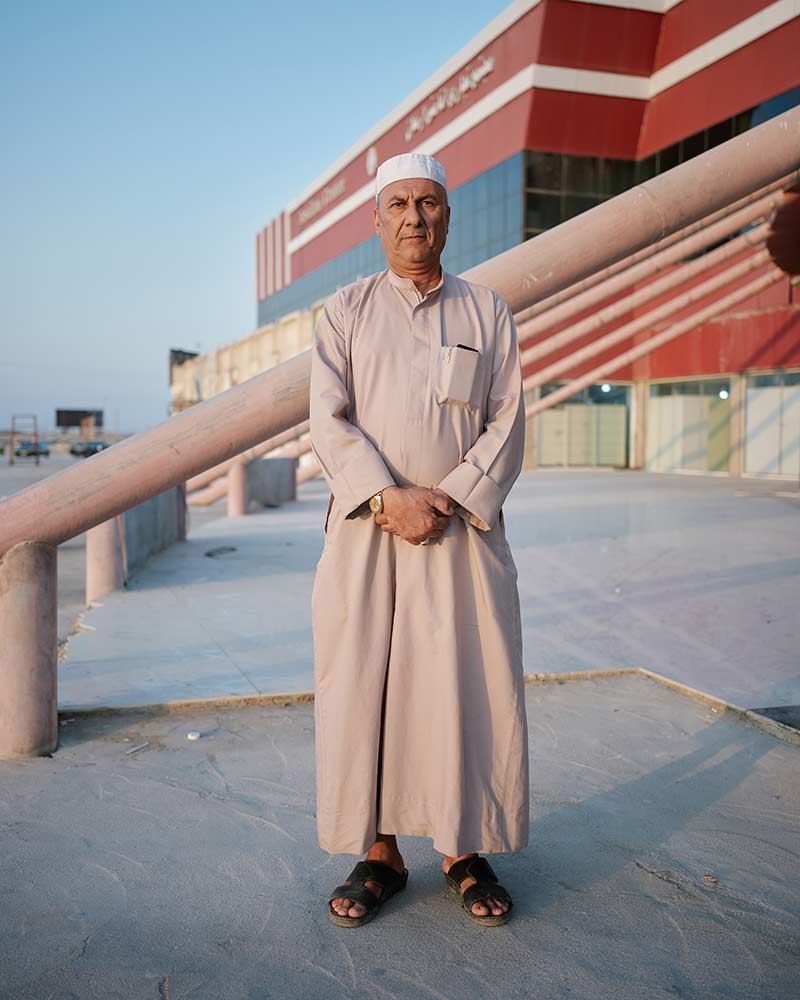
Christophe Meireis © All rights reserved.
“I have been visiting about forty countries worldwide, and out of all of them, I have really fallen in love with Iranians. Their hospitality, welcoming, and generosity have no equal despite all the difficulties and restrictions they endure.
José Jeuland: What kind of paradox did you find there? Compared to the unique cultural atmosphere, the natural dry landscape drew you to create this fascinating project?
Christophe Meireis: First of all, when you look at the island on a map, it has a dolphin shape! It is a singular and fascinating place with its UNESCO geopark that evokes lunar landscapes. Third, when moving to this island, you feel out of time. Modern shopping malls stand alongside strong traditions that have disappeared even in Iran, therefore, it is inhabitable in the summer because of its high temperatures, but it is prized by the wealthy Iranian classes in the winter.
José Jeuland: How would you describe your communication with the locals featured in this series? Is it a safe area to travel to?
Christophe Meireis: In Qeshm and generally in Iran, it is easier for me to make portraits than in Paris! In the West, people are more and more suspicious as soon as you have a camera.
I have been visiting about forty countries worldwide, and out of all of them, I have really fallen in love with Iranians. Their hospitality, welcoming, and generosity have no equal despite all the difficulties and restrictions they endure.
Regarding security, it’s the same thing; I feel much safer in Iran than in some areas of Paris. Hospitality and kindness are strongly rooted in their culture. That’s why I’ve been there several times and will return in the future.
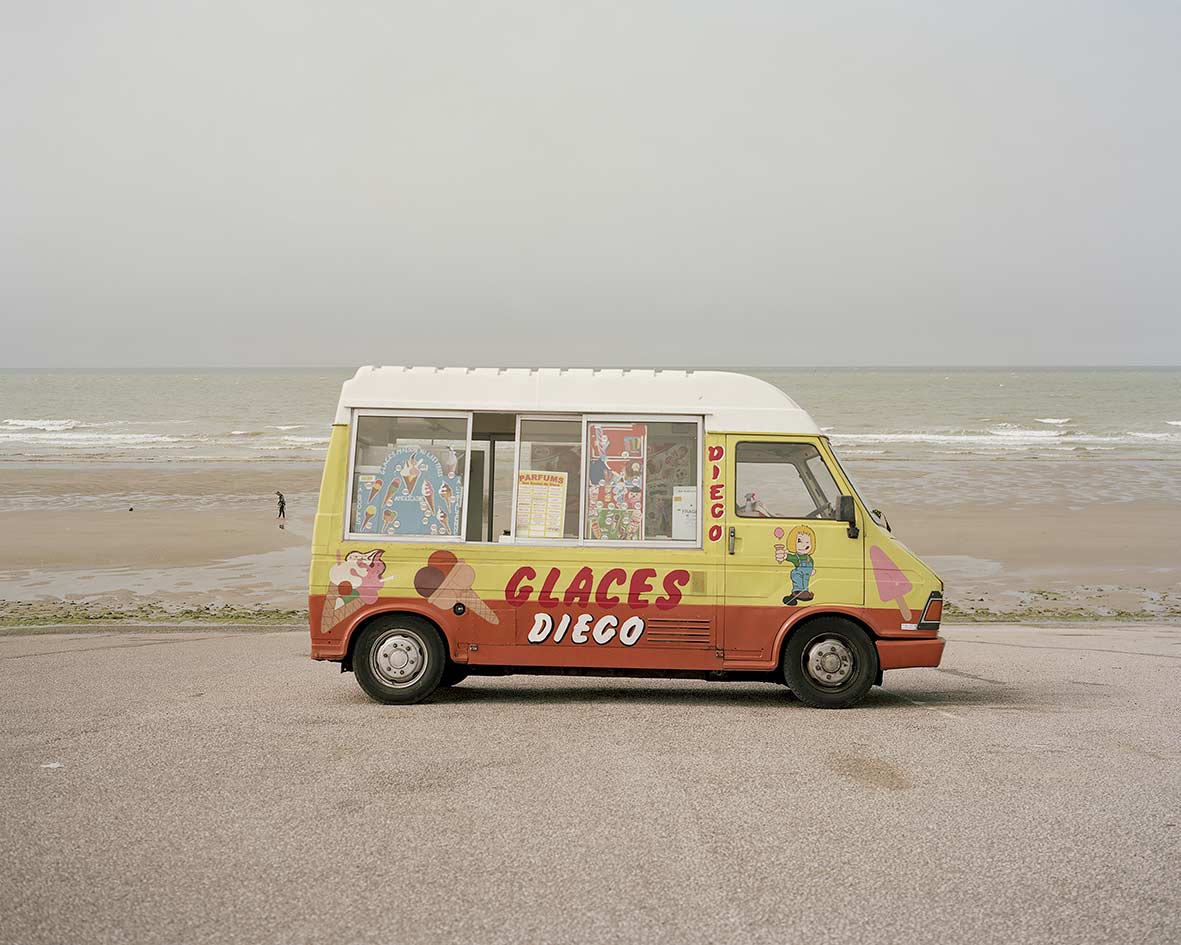
Christophe Meireis © All rights reserved.
José Jeuland: In your beautiful project ‘French coastline,’ you are using the same line of bright colors, and you have described it on your website as ‘a gentle singularity.’ What does it mean?
Christophe Meireis: The French littoral has something old-fashioned, outdated, with its beach furniture, its carousels, its terraces which attract tourists, and at the same time, it is very endearing because it evokes our childhood memories, our vacations …
José Jeuland: How and when did you start this project? How many locations have you been to, and what was your favorite place?
Christophe Meireis: In the beginning, I went there in 2017 with a friend photographer to make a subject on a specific place in the north: Malo Les Bains and the dike of the break where cohabit fishermen, holidaymakers, and hunters on a beach with factories in the background. Later on, we thought that we could continue on the whole French littoral because it is a territory with significant economic and ecological stakes, threatened by the rise of the waters. We also wished to show all the topological and architectural diversity on this 5800 km strip without forgetting these old-fashioned details that we call in France “Madeleines de Proust” that evoke childhood memories. We have covered the north, Normandy, and have begun to cover Brittany, but we still have many kilometers; it’s a project that will take years.
This work has already been well recognized because it was the jury’s favorite at the beautiful photo festival “Les Transphotographiques” in Lille last year.
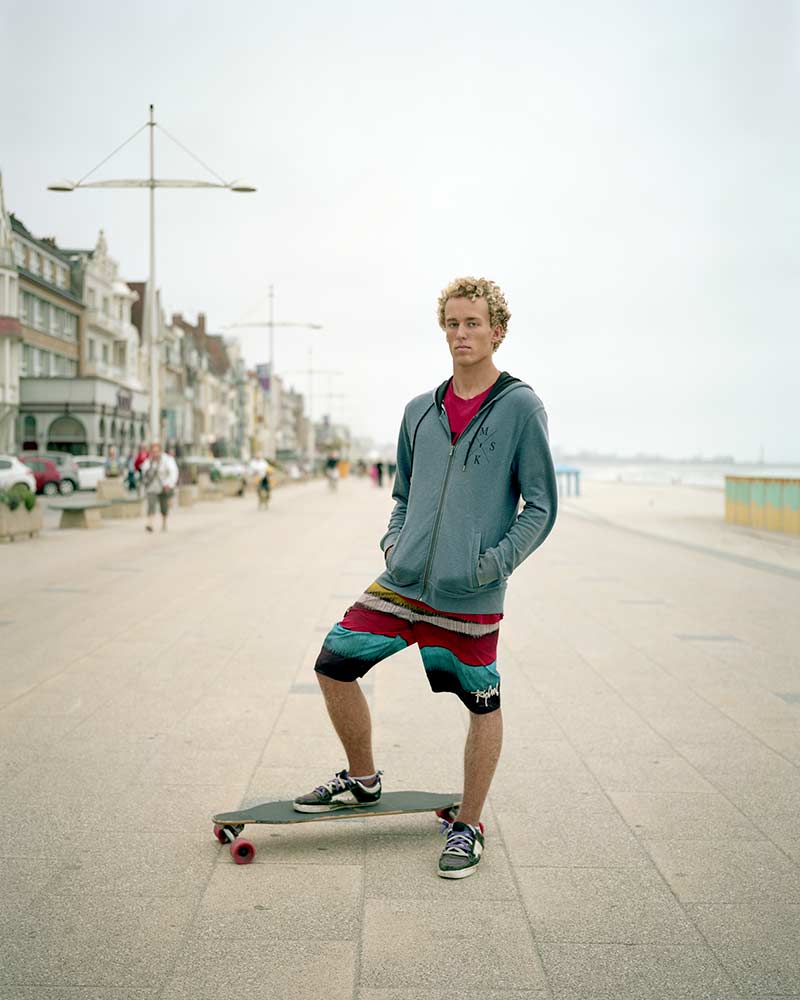
Christophe Meireis © All rights reserved.
“I think I’ve found my own style over the years by experimenting with a lot of things until I found my recipe. Then it is essential to stick to it to have a coherent work and identity. Of course, this is subjective.”
José Jeuland: You travel around the world. Have you encountered any challenging moments during one of your experiences? Also, what was the most exciting and positive situation that happened during the years while working on a project?
Christophe Meireis: I have never been confronted with difficulties that prevented me from taking pictures. Wherever we are, we have to adapt and respect local customs and cultures and have a respectful approach to people, and in my case, photography must remain a means to meet the others and not a goal.
The most enriching experience I have had humanly is this gallery of portraits of former death row inmates I met on several continents. We are talking about people who lived several years and even decades on death row before being cleared. We realize that anyone can be the victim of a miscarriage of justice or a conviction related to sexual or political orientation. This work has been exhibited at the European Parliament, at the Bibliothèque Nationale de France, and at the gates of the Paris City Hall.
José Jeuland: You are very well known as a celebrity and famous figures’ portrait photographer, and you have shot a lot of magazine covers. Is it challenging to photograph celebrities? Is a different approach needed? How is the communication between you and the figures? Could you share the best experience in a portrait session with a celebrity?
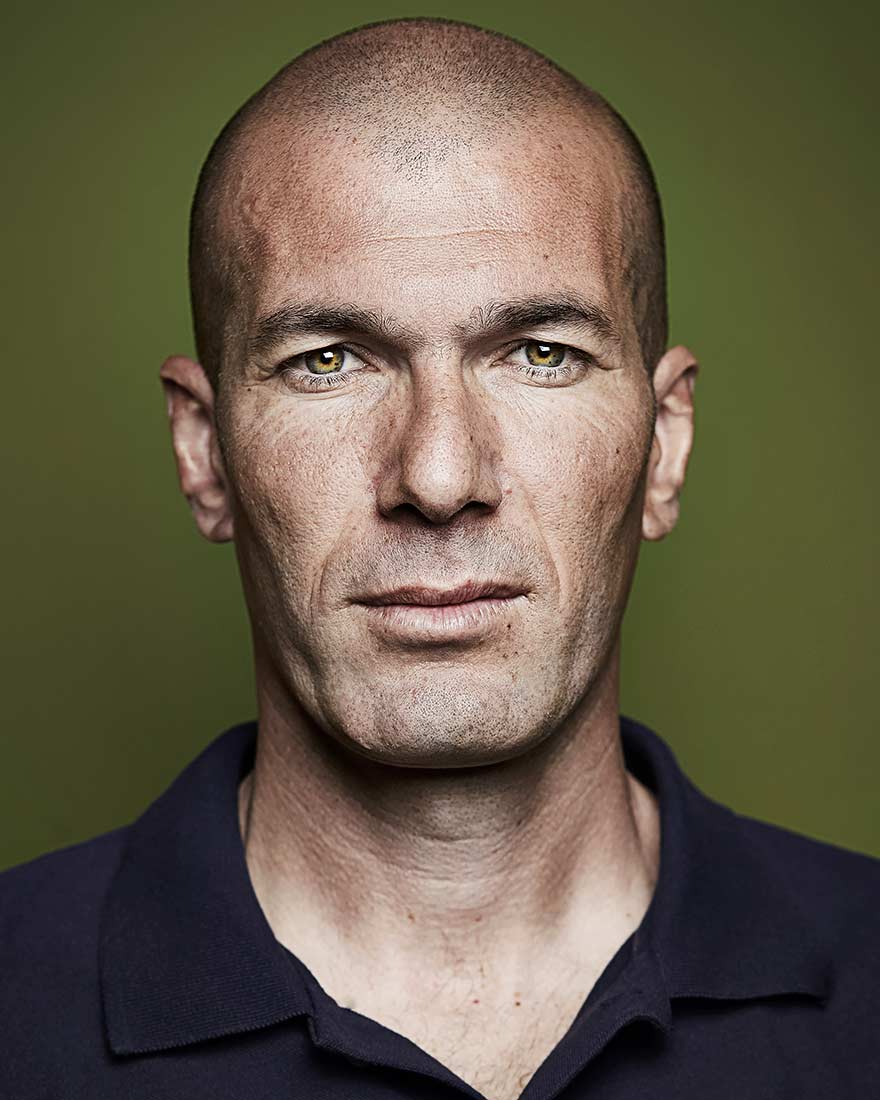
Christophe Meireis: The challenge with celebrities is that you have a very short amount of time, sometimes a minute or two, while the press representative timing it with his phone! You have to find the place, prepare your light, know how to direct the person to obtain what you have planned, and know-how to improvise if something is changed at the last moment. Nothing to do with a Sunday portrait session with your girlfriend.
[ha ha ha…]
I personally prefer sprinting to marathoning, so I’m okay with having that adrenaline rush, giving it all in a very short period because in long sessions, the model gets tired (and so do you), and you end up not getting anything more.
The advantage with actors is that they know how to pose, and you quickly get beautiful expressions. But, on the other hand, it is sometimes a little more complicated with politicians or sportsmen.
My best experience is having made the portrait of Raymond Depardon. It is very intimidating to shoot a tremendous photographer, much more than it is for Zidane or Dwayne Johnson!
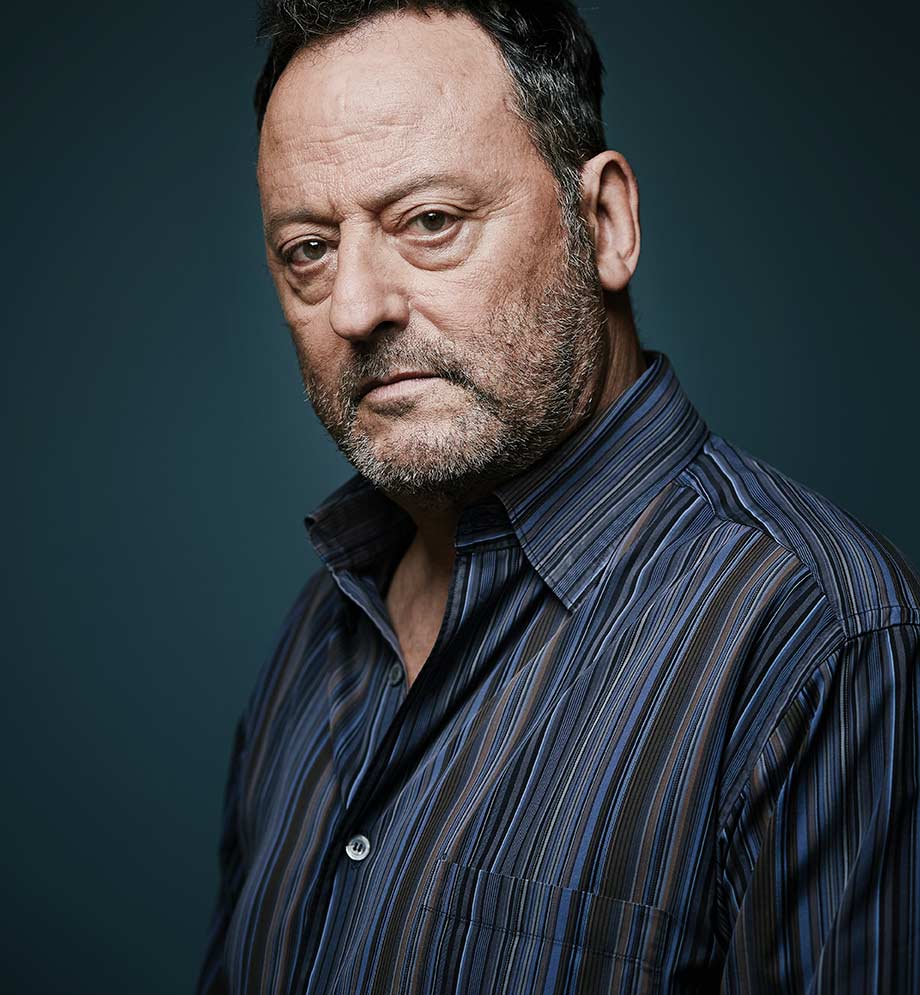
Christophe Meireis © All rights reserved.
“The advantage with actors is that they know how to pose, and you quickly get beautiful expressions. But, on the other hand, it is sometimes a little more complicated with politicians or sportsmen.”
José Jeuland: Are you not only shooting digital but also shooting with analog medium format? What project are you doing with analog, and what is the reason behind using older technics? Can you share your favorite picture you have taken with an analog camera?
Christophe Meireis: I started my career with film photography, and the transition to digital was not easy. When you choose a Kodak or Fuji film, you know what chroma you will get, and the choice is deliberate. With digital, it was necessary to relearn everything. Digital has much less dynamic range, is less tolerant, and the exposure is not managed in the same way. And once the photo is taken, you get a dull, flat raw file from which you have to extract the material and interpret it.
It was, therefore, necessary to learn the job that the laboratory did before with my films, representing more work but paid at the same price.
Fortunately, without wishing to advertise, I found the right tool for me with the Fuji GFX, which allows me to have a result very close to film in the colors thanks to the film simulations “Classic chrome” and “Classic negative” but also in the modeling and in the DOF with their superb lenses like the 80 mm F1.7.
When I shoot a film, I don’t do 24×36 at all. I love the medium format and large format too much. I only have a small X100V for light rides.
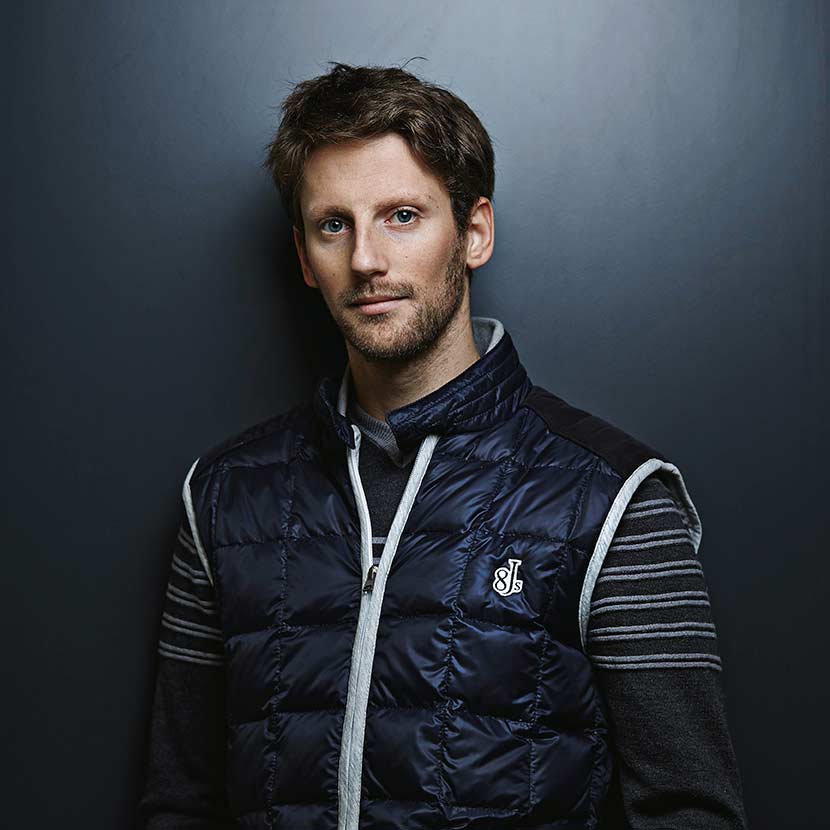
Christophe Meireis © All rights reserved.
Otherwise, I still shoot film, especially with a 4×5 inch camera. Not because of nostalgia but because the results are unique and curiously, although not at all discreet, it attracts a lot of people who ask a lot of questions and voluntarily play the game of posing in front of the lens, something they would refuse in most cases if I had an SLR!
My favorite photo taken on film is undoubtedly the one of this young skater on the beach of Malo Les Bains.
José Jeuland: What are your plans for the future? Is there a dream project you are planning to do? Also- Is there a famous figure you would like to take portraits of?
Christophe Meireis: Three years ago, I started a series of portraits about the scouts. Few people know it, but there are Jewish, Muslim, Buddhist, secular, Protestant, and not only Catholic scouts. It is still a long-term project over several years, but for which I have great ambitions. As for influential figures, I would gladly put Barack Obama in my portrait gallery; I promise that one minute will be enough 😉
See the exclusive interview article in Lens Magazine Issue #99

